Lake Victoria | Africa’s largest : Having an area of approximately 59,947km2 makes this lake the Africa’s largest by area. It actually gets most of its water from rainfall and a number of tributaries specifically river Akagera in Rwanda and drained by River Nile whose source is in Jinja. The lake is generally shared by Uganda, Kenya, and Tanzania. Uganda taking 45% of the lake, Kenya 6% and finally Tanzania with 49%.
 This lake was known as Nalubaale by the Ugandan locals who lived around which meant “home of the gods”. On the other hand, it was known as Nam Lowe by the Luo people which meant “body of endless water”. Although this lake had its name(S), European explorer John Speke decided to name it Lake Victoria after discovering the the source of River Nile. He named it after the Queen of England at that time and the name carried on and is still being used to identify this lake up to date.
This lake was known as Nalubaale by the Ugandan locals who lived around which meant “home of the gods”. On the other hand, it was known as Nam Lowe by the Luo people which meant “body of endless water”. Although this lake had its name(S), European explorer John Speke decided to name it Lake Victoria after discovering the the source of River Nile. He named it after the Queen of England at that time and the name carried on and is still being used to identify this lake up to date.
Formation of Lake Victoria
The lake was formed when westward flowing rivers were dammed by an up thrown crustal block. In fact, this has raised several questions about the true source of River Nile and the rift valley formation that experts are still trying to figure out the answers to.
The fish species
This lake is believed to be approximately 400,000 years old and harbors around 1000 islands and populated with over 500 fish species. These include; the Cichlids, African catfish, Elephant fish, African tetras, Tilapia, Lungfish, etc. However, the introduction of Nile perch into the lake reduced the population of the other fish species to nearly extinction. Apart from the fish, a legendary creature was also believed to be a habitant in these waters. It was said to capture fishermen and their boats if they sailed too far into the lake. It was named “Lukwata” following its actions as the Luganda word “kukwata” literally meaning “to catch”.
Did you know?
- The lake gets 80% of its water from the rain.
- It is the principle source of the Nile River which drains at about 15%.
- It is one is one of the two places in East Africa where it’s possible to watch the sunset over water without being at the coast.
What to do on Lake Victoria
Fishing
Africa’s largest freshwater lake supports Africa’s largest inland fishery, with the main catch of fish being the Nile perch introduced in the lake in the 1950s. Besides, seining and Gill netting are the most prominent fishing methods used on this lake. Other methods include; the long lines, mid-water seines and many others.
Bird watching
Bird watching on Lake Victoria has greatly become a popular activity for both National and International bird watching tourists. This lake is enriched with a variety of bird species and these include; the African fish eagles. Pelicans, kingfishers, ducks, plovers, black crakes, marsh harriers, goose, jacanas, bee-eaters, sunbirds, etc. This activity will also take you around different islands of Lake Victoria like the Ngamba Island and Ssese Island. You will ride on an engine-powered canoe accompanied with an experienced local guide.
Boat rides or cruising
During this activity you will spot water animals like the Nile crocodiles, turtles, hippopotamus, spotted-necked otters and carnivorous monitor lizards. On the tree tops, you will be able to spot the African fish eagle perched majestically on the tree as well as other bird species.
Equator experiences
As a matter of fact, Lake Victoria touches the Equator in its northern side. It covers a total area of 68,800 square kilometers (km2) and with a maximum depth of 80m it is relatively shallow. Here, you will experience different experiments like the boating standing still in one position. More so, during swimming one feels different forces within the waters though this needs an experienced swimmer to compete with the forces.
Sunset cruises
This is generally the second largest fresh water lake in the world offering sunset cruises. In Uganda, these occur in Entebbe late afternoon towards the equator line or local islands on boat. While here, you will have an opportunity to view the sun over the horizon. You will also enjoy bird watching and as well as fishermen as they cast their nets. This is basically done while enjoying the snacks and drinks provided on board.
Attractive sights along the lake include;
Ssese islands
These are a series of eighty-four islands in the northwestern part of Lake Victoria in Uganda the pearl of Africa. The islands adjoins with Kalangala district and they don’t have any territory on mainland. The islands are also home to a variety of animal and bird species that are not easily spotted on the mainland. In fact, this leads to the growth of the tourism industry on the islands. The islands consists of activities like fishing, agriculture, livestock farming, forestry, tourism, etc.
Ngamba Island Chimpanzee Sanctuary
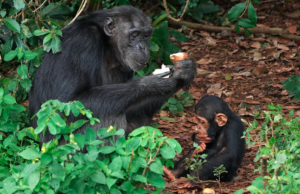 This island is a home to over 40 confiscated and orphaned chimpanzees, rescued from pet and bush meat trade. It is surrounded by peaceful waters of Lake Victoria in the south Eastern part near Koome district in Uganda. It was founded in 1998, offering 95 acres of natural forest where chimps roam freely carrying out their daily activities. Here, chimps have freedom to stay in the forest at night or return to nighttime enclosures where they build nests. They receive an evening meal, and their diet consists of supplying meals multiple times per day.
This island is a home to over 40 confiscated and orphaned chimpanzees, rescued from pet and bush meat trade. It is surrounded by peaceful waters of Lake Victoria in the south Eastern part near Koome district in Uganda. It was founded in 1998, offering 95 acres of natural forest where chimps roam freely carrying out their daily activities. Here, chimps have freedom to stay in the forest at night or return to nighttime enclosures where they build nests. They receive an evening meal, and their diet consists of supplying meals multiple times per day.
Mabamba bay swamp
The swamp is generally a wetland situated in the northwest of Entebbe on Lake Victoria. It is also a birder’s destination to over 260 bird species. These include; the white winged terns, African fish eagle, rare shoebill, kingfishers, papyrus Gonolek. Weavers, sunbirds, bee-eaters, squacco heron, common cormorants, etc. In fact, these can be spotted using small engine-powered canoes along side experienced local guides.
Uganda Wildlife Educational Centre (UWEC)
Also known as the zoo nestled at the shores of Lake Victoria, it is a place where animals are caged for research and study purpose. It was established in 1951 as a sanctuary for wildlife which were be unable to fend themselves in the wild. It also offers the best introduction to Uganda’s flora and Fauna in National Parks. Residents include; lions, tigers, cheetahs, leopards, white rhinos, primates and bird species like the rare shoebill, etc.
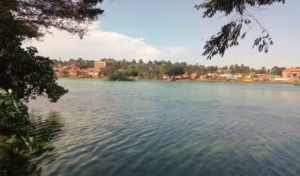 The Kabaka was a rather callous and notorious king; he wanted to be the only leader the civilians followed. When he heard that there were Baganda (Uganda Martyrs) worshiping a different King called God, he had them killed. This stirred up religious wars in Buganda that abruptly interrupted the construction before the lake was connected to Munyonyo. Besides, the environment around the lake has magnificent views with frequent surrounding air. It has also got two small islands which have green vegetation and trees which are home to bird nests creating a beautiful scenery.
The Kabaka was a rather callous and notorious king; he wanted to be the only leader the civilians followed. When he heard that there were Baganda (Uganda Martyrs) worshiping a different King called God, he had them killed. This stirred up religious wars in Buganda that abruptly interrupted the construction before the lake was connected to Munyonyo. Besides, the environment around the lake has magnificent views with frequent surrounding air. It has also got two small islands which have green vegetation and trees which are home to bird nests creating a beautiful scenery. 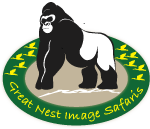
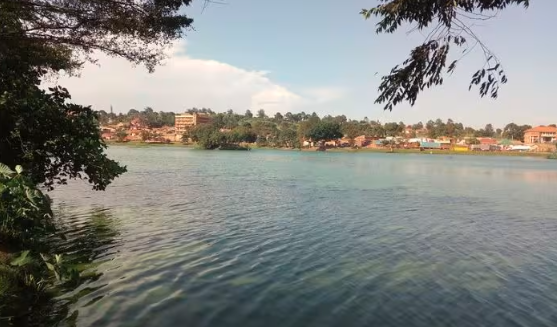
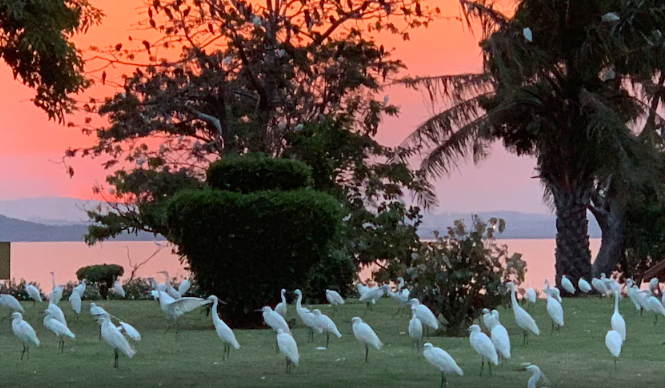
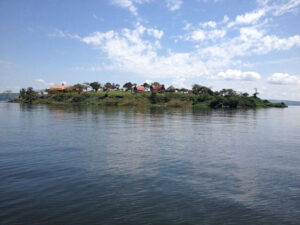 The island is of peace, tranquility and serenity, not only does it offer perfect accommodation for both business and leisure discerning travelers but also a great place for a honeymoon getaway and a birder’s paradise. With a boat ride of nearly 20 minutes from the
The island is of peace, tranquility and serenity, not only does it offer perfect accommodation for both business and leisure discerning travelers but also a great place for a honeymoon getaway and a birder’s paradise. With a boat ride of nearly 20 minutes from the 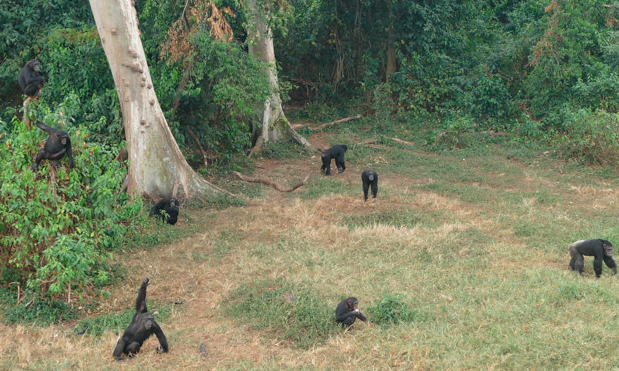
 Ngamba Island is 100 acres (40 ha) of the rainforest hosting over 49 orphaned chimpanzees surrounded by the peaceful waters of
Ngamba Island is 100 acres (40 ha) of the rainforest hosting over 49 orphaned chimpanzees surrounded by the peaceful waters of 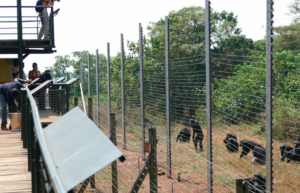 Here, you will get an exciting opportunity to not only view the
Here, you will get an exciting opportunity to not only view the 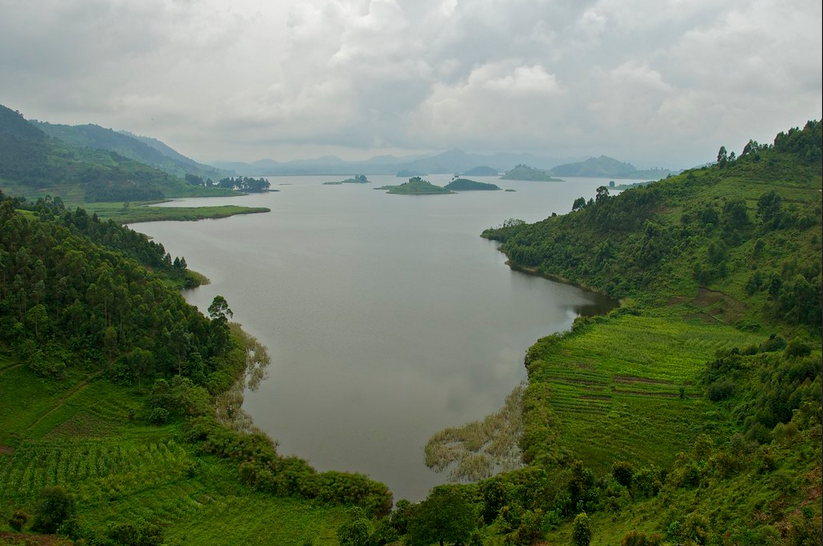
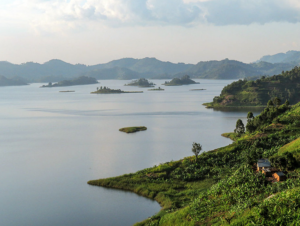 The environment on the Islands within the lake and surrounding country side includes both forest and wetland habitats. They basically provide a haven for the endangered Mountain Gorillas and the
The environment on the Islands within the lake and surrounding country side includes both forest and wetland habitats. They basically provide a haven for the endangered Mountain Gorillas and the 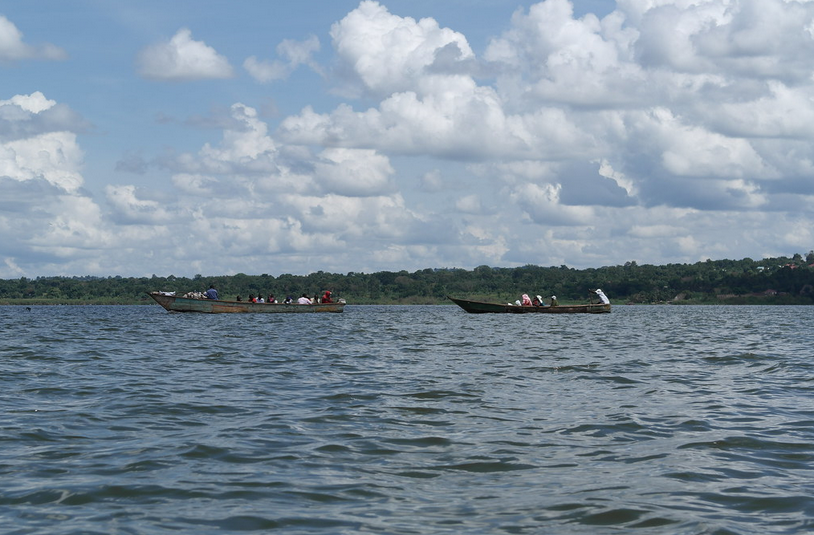
 This lake was known as Nalubaale by the Ugandan locals who lived around which meant “home of the gods”. On the other hand, it was known as Nam Lowe by the Luo people which meant “body of endless water”. Although this lake had its name(S), European explorer John Speke decided to name it Lake Victoria after discovering the the source of River Nile. He named it after the Queen of England at that time and the name carried on and is still being used to identify this lake up to date.
This lake was known as Nalubaale by the Ugandan locals who lived around which meant “home of the gods”. On the other hand, it was known as Nam Lowe by the Luo people which meant “body of endless water”. Although this lake had its name(S), European explorer John Speke decided to name it Lake Victoria after discovering the the source of River Nile. He named it after the Queen of England at that time and the name carried on and is still being used to identify this lake up to date.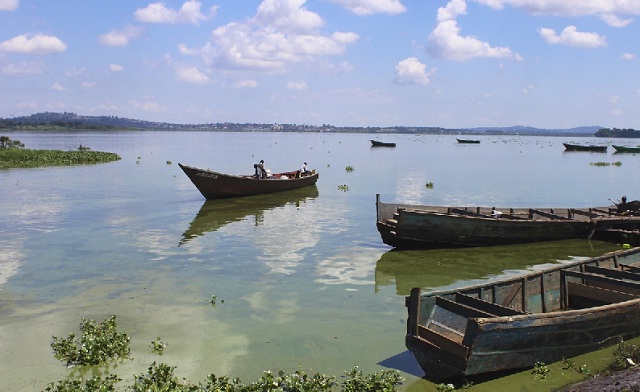
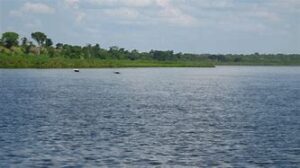 How deep is Lake Kyoga?
How deep is Lake Kyoga?




